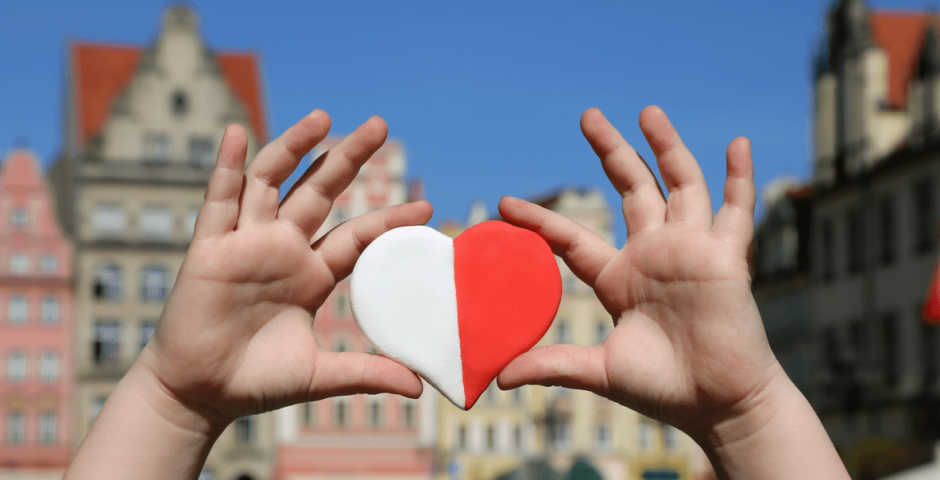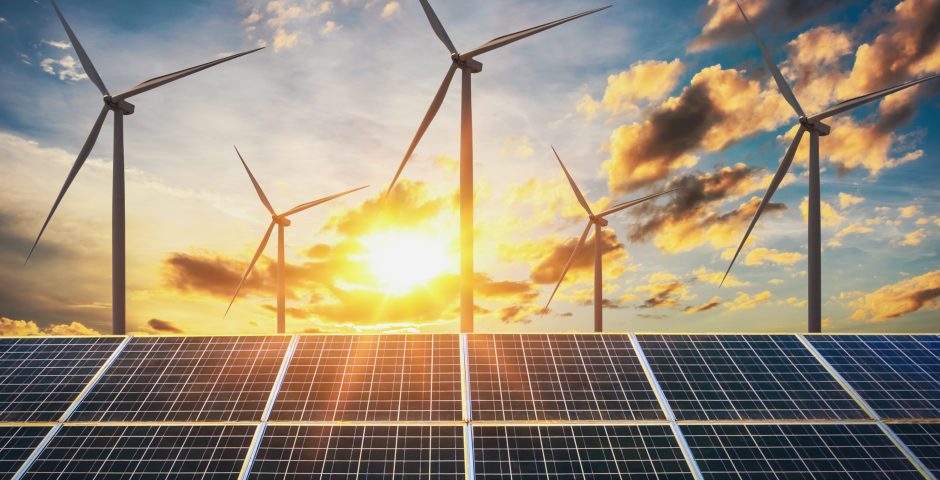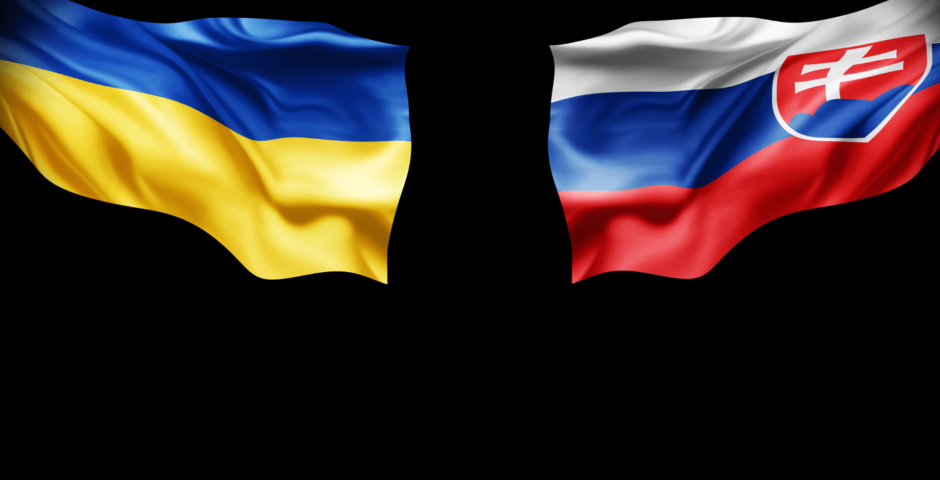Profile Poland: Polarized between conservative and pro-European

Looking back at the European Parliamentary elections of 2019 an looking ahead at the upcoming 2024 elections.

As one of the larger countries, Poland puts its own mark on EU policy. Sometimes to the annoyance of the old Western member states. One example is the very conservative images the country expresses around the LGBTIQ+ community. Because of its history, Poland is not an easy country. It has several controversial laws, and changing powers but a great enthusiasm for the EU among its people.
Poland in facts and figures
Population and economy
With 37.75 million people, Poland has the fifth-largest population in the EU. As a result, they also have a fairly large number of seats in the European Parliament namely 52 of 705. Gross domestic product (GDP) was 17.3 thousand euros per person in 2022. Thus, it fell well below the EU average of 35.2 thousand euros. It is well known that the wages in Poland are lower compared to those in Western Europe. Currently, Poland uses the Polish zloty as its currency. Poland does intend to adopt the euro, and it states that it is currently preparing for the adoption process. It is difficult to say if and when the country will transition. The previous government pushed heavily against abolishing the zloty, although Eurobarometers showed that the majority of the population did want to abolish the currency to get the euro in return. With the current, liberal and pro-European government, the actual adoption of the euro becomes more realistic.
Transportation is an important pillar within the Polish economy, as are food, agriculture, and the industrial sector. Since joining the EU, Poland’s economy has grown strongly; it has been referred to as an “economic miracle”. Last year there was limited growth of only 0.8%. This is partly explained by inflation and high degrees of uncertainty among consumers and businesses. For 2024, analysts foresee a recovery, with an expected growth of 2.4%. This expected growth is largely explained by the country’s return to claiming EU funds. This will be discussed in more detail later in this article. Furthermore, a longer-term trend of declining unemployment is visible within the Polish economy. This is an important indicator of stability.
Geography
Poland is located in Eastern Europe. It shares borders with Germany, the Czech Republic, Ukraine, Slovakia, Belarus, Lithuania and Russia. The border with Russia is due to the Kaliningrad enclave, also known as East-Prussia or Koningsbergen. This allows Russia to retain access to the Baltic Sea. To the north, Poland also has sea access, which is important for trade routes. Poland has a continental climate, making it cold in winter and fairly warm in summer.
Political system
Poland is a parliamentary republic. The president is the head of state and the prime minister is the head of government. Interestingly, the president has more power in Poland compared to presidents in other parliamentary republics. For example, the president is more active in foreign policy and can also exert more influence on legislation. In addition, governance in Poland is decentralized. The country is divided into 16 provinces. This division is largely based on historical provinces. The voivodeships (the Polish term for provinces) have been administrative divisions since 1569. The current voivodeship of Krakau was for example also a province in 1569. In voivodeships, appointed governors, and a locally elected council have the mandate. Among other things, provinces deal with spatial planning and economic policy. Each province in turn is divided into districts that deal with education, social policy and healthcare. Municipalities also play an important role and perform many tasks directly related to citizens.
Joining the EU
Poland joined the EU in May 2004, along with many other, mostly former members of the East Bloc. Before joining, Poland had to go through a long process. In 1993, the EU officially invited Poland to apply for membership. There was an enthusiastic response among the population at the time. Before Poland could become a member, the so-called “Copenhagen Criteria” had to be met. For example, a country must be a democracy, have stable institutions, respect human rights, have a functional market economy, be located in Europe and adopt the acquis communautaire. Adopting the acquis communautaire means that the country adopts the existing European Community law, in example the body of laws and treaties adopted by the older member states before accession.
From 1998 to 2002, Poland and the EU negotiated a lot. After the fall of the Soviet Union, Poland also had to rebuild a lot. After communism, a market economy had to be established and the government had to democratize. These processes do not happen overnight, which made it difficult for Poland to meet all the criteria. After all, how do you know if institutions are stable if they have only been in existence for a few years? In addition, for most countries, it takes time to adopt the full acquis communautaire. Indeed, this can mean that a lot of national legislation has to be revised.
In 2004, Poland held a referendum in which 77% of voters voted in favor of Union membership. Despite the high percentage, there was doubt beforehand about whether enough Poles would come out to vote. A 50% turnout rate was required for the referendum to be legally valid. With a final turnout of 59%, it succeeded.
Polish national elections 2023
Last October’s national elections were intriguing, both for Poland itself and also for the EU. The then-ruling, right-conservative, party PiS gained the most seats, but was unable to form a majority government. The party that came second in the elections, the liberal party Platforma Obywatelska, or The Civic Platform, is led by Donald Tusk. He is currently prime minister of Poland on behalf of the party. Donald Tusk is a familiar name within the EU, previously playing a prominent role during the Brexit negotiations. Between 2014 and 2019, he was president of the European Council. Before that, he was Prime Minister of Poland between 2007 and 2014. Between 2019 and 2022, he was president of the EU parliamentary group the European People’s Party (EPP). The new government also seems to be a lot more pro-European compared to the previous one.
During the last election, the turnout was a lot higher compared to previous Polish elections. At 74.25%, turnout among registered voters was the highest since the introduction of free voting in 1989. Specifically, a large increase was seen in a number of groups, including women, young voters and Poles living abroad. Many of those who do not normally vote indicated that they did vote this time to prevent PiS from staying in power.
Tusk being prime minister is seen as a victory for democracy. Under the PiS government, several controversial laws were passed that seemed to threaten the rule of law and democracy. For example, LGBTIQ+ free zones were established in which it was forbidden to outwardly express LGBTIQ+ “ideology”. At its peak, about a third of the country was LGBTQ+ free zone. In addition to this law, the establishment of a disciplinary chamber for judges was also seen as highly controversial and damaging to the rule of law. Within this disciplinary chamber, judges could be suspended and dismantled, but it was not seen as independent and impartial. Parliament (at the time PiS had a majority there) chose the National Council for the Rule of Law, which in turn composed the disciplinary chamber. This allowed the ruling party to indirectly decide who sat in the disciplinary chamber, in practice choosing judges who supported the ruling party’s ideals.
Because of this controversy, Poland, like Hungary, was investigated by the European Parliament. Article 7 was triggered, causing Poland to lose more than 30 billion euros in EU funds since last year. Last year Poland, like Hungary, received money from the EU recovery fund. They got €5 billion to invest in a green and resilient economy to become less dependent on Russian gas after the Covid-19 pandemic. Before getting these funds, Poland had to undertake some measures, such as abolishing the disciplinary chamber mentioned above. Meanwhile, 80% of LGBTQ+ free zones have now been abolished.
The August 2023 Eurobarometer also reveals that the Polish people have a very positive perception of the Union. 77% are optimistic about the future (compared to an EU average of 61%), second only to Ireland and Denmark. The Eurobarometer also shows that the EU is very important to Poles in terms of stability. As many as 82% of Polish respondents agreed. After Portugal, Poland scored the highest on this measure. This could be attributed to the fact that Poland receives many EU subsidies.
So the new government has a lot of support for restoring ties with the EU. Relations with Germany seem to have priority, while relations with neighboring Hungary and Slovakia are less of a priority. There are more tensions with the heads of state of these countries, (respectfully Orbán and Fico) since the departure of Jaroslaw Kaczynski, the former prime minister of Poland. What could still be an obstacle is current Polish President Andrzej Duda. He has been president on behalf of PiS since 2015. In January 2024, we already see several conflicts between Tusk and Duda when it comes to reversing PiS policies…
Ukraine
For an extended period of time, Poland was already a concerned voice within the Union when it came to possible aggression from Russia. In 2022, it turned out that these concerns were not in vain.Poland seems to be supportive of expanding the EU to include Ukraine, more than it supports Serbia’s membership, for example. What is sensitive though is that Ukraine would receive a lot of EU funds because the country is relatively poor and many areas need to be developed. Historically, Poland has received a lot of EU money, a so-called net recipient. In fact, when EU costs are compared with EU grants and funds from all member states, Poland gets the most from EU membership (latest data from 2021). With Ukraine’s membership, Poland would have to surrender quite a lot.
The European Parliament elections 2019
In the previous European elections, 45.68% of eligible voters came to vote. This is an increase of 20% compared to the 2014 elections. It can be seen from the participating parties and the results that Poland has many right-wing conservative voters. What also stands out is that many independent candidates are competing who then do become part of a European political group. An example of this is Sylwia Spurek who is not affiliated with any Polish national party but is in the group of the Greens.
What stood out about this campaign is the focus on domestic politics. For example, PiS talked about socioeconomic growth for pensioners and families and made many promises to farmers in terms of domestic policy. There was little focus on policies actually made at the EU level.
However, it was stated that the EU was moving in a different direction in many areas such as energy, environmental protection, migration policy and conservative values. For example, Poland still used a lot of coal and imported gas from Russia, and forest harvesting while Europe wanted to go green. In this, the opposition widened and conservatives argued that the EU was not acting in Poland’s interest. On the other hand, the opposition also could not convey an appealing narrative about what the EU could offer Polish residents. To some extent, the campaign of these parties was more of an anti-PiS campaign.
| National Party | Orientation | European Fraction | Seats |
| Civic Platform | Centre Right | European People’s Party | 18 |
| Polish People’s Party | Farmersparty, Christian Democrats and Conservative | European People’s Party | 4 |
| PiS (Law and Justice) | Right Conservatives | European Conservative and Reformists | 15 |
| Right Wing of the Republic | Right Conservatives | European Conservative and Reformists | 1 |
| Independent candidates | Right Conservative | European Conservative and Reformists | 2 |
| Democratic Left Alliance | Social Liberal | Progressive Alliance of Socialists and Democrats (S&D) | 1 |
| Labour Union | Social Democratic | Progressive Alliance of Socialists and Democrats (S&D) | 1 |
| Independent | Social Liberall | Progressive Alliance of Socialists and Democrats (S&D) | 1 |
| Congress of the New Right | Right Libertarian | Identity and Democracy | 2 |
| Independent | Right Conservative and Libertarian | Europe of Freedom and Direct Democracy | 1 |
| Independent | Non-Aligned | 3 |
Looking ahead to the upcoming elections
Poland can vote for 53 seats since, due to demographic changes, they will receive one additional seat starting this year. The Liberals’ gains in the national elections, may mean that the European People’s Party (EPP) could also receive more Polish seats. On the other hand, PiS is also in the growing European Group of Conservatives and Reformists (ECR). This is the party that also includes, for example, Giorgia Meloni’s Italian Brotherhood. If this party becomes very large, it could potentially block EU legislation, such as the Green Deal or migration legislation. Also, PiS must show during these elections that they still count in Polish politics. So it will be an exciting election, both for Poland and the EU.
Anoek has a Master’s degree in International Relations and a bachelor’s degree in political science. She specialized, among other things, in global political economy and the role of China. She currently works as a consultant in the public sector.
Image: Shutterstock




